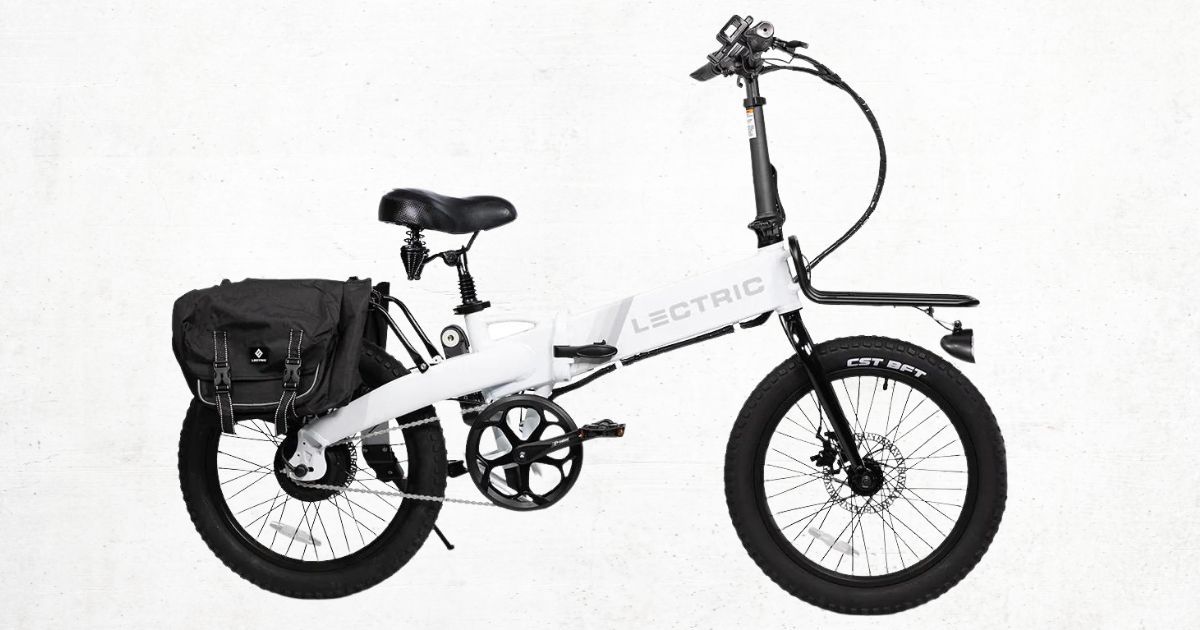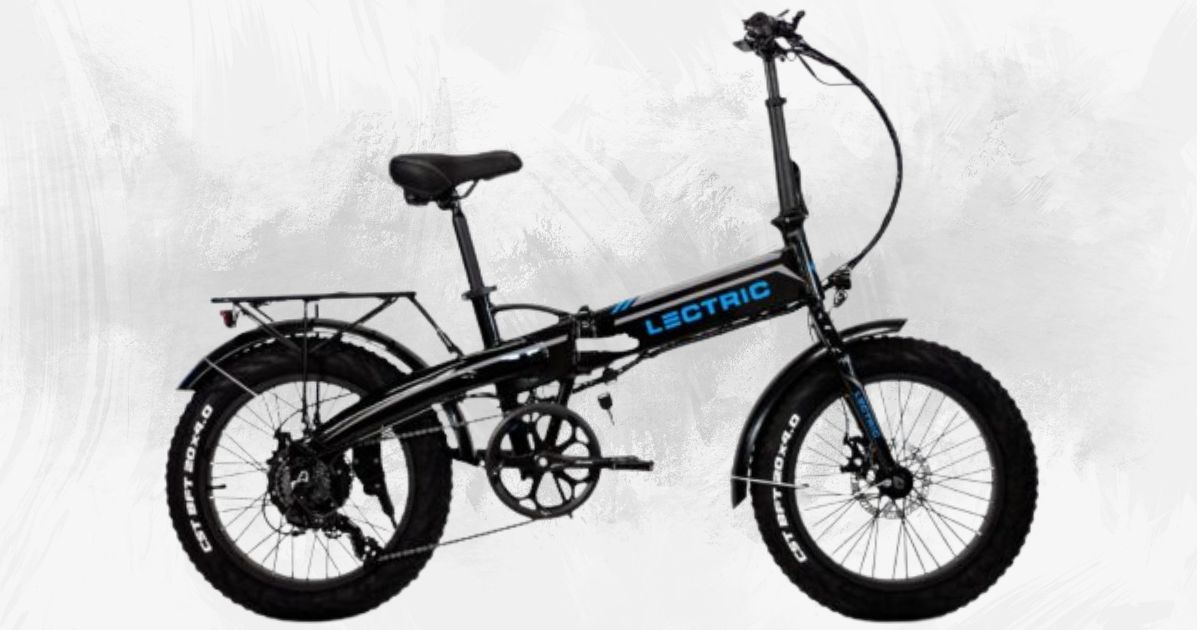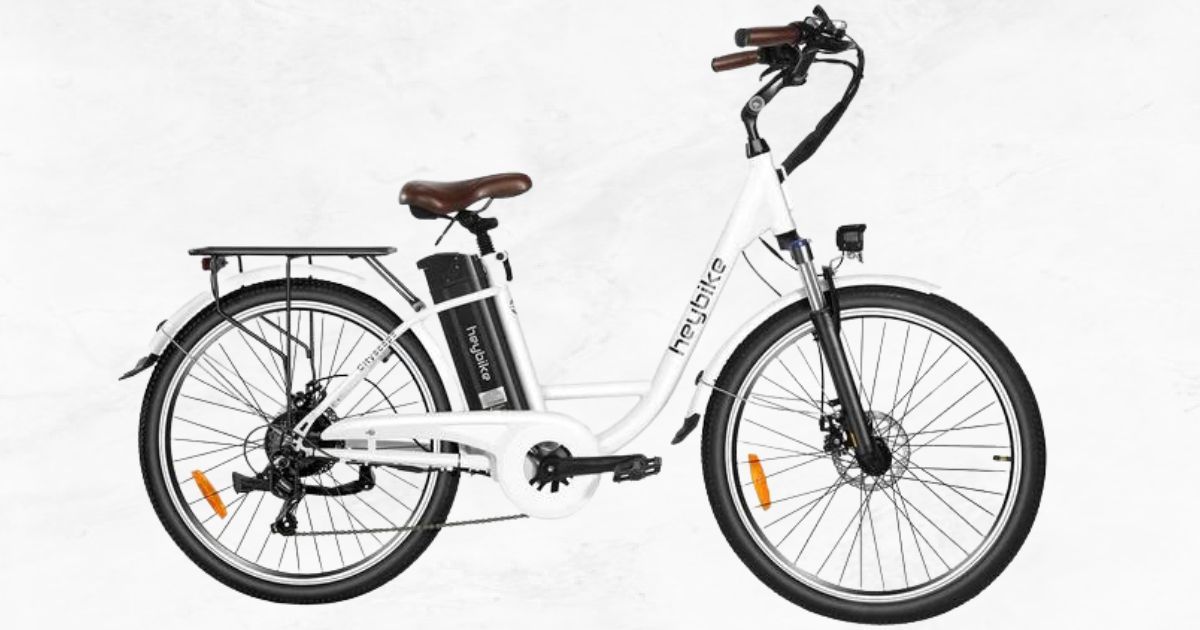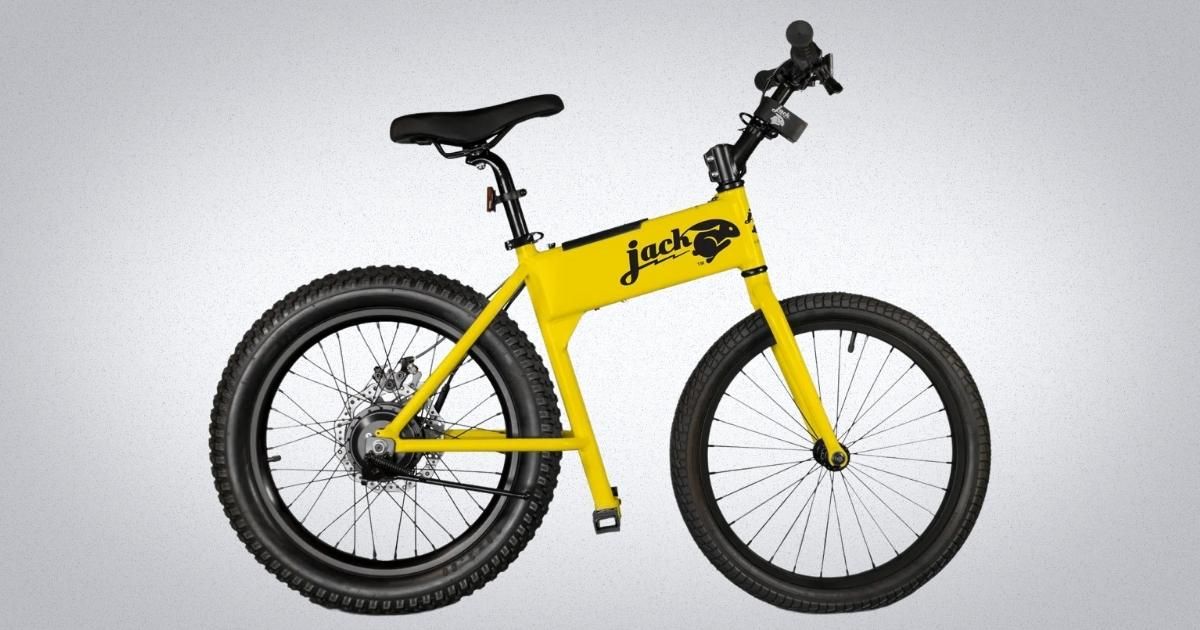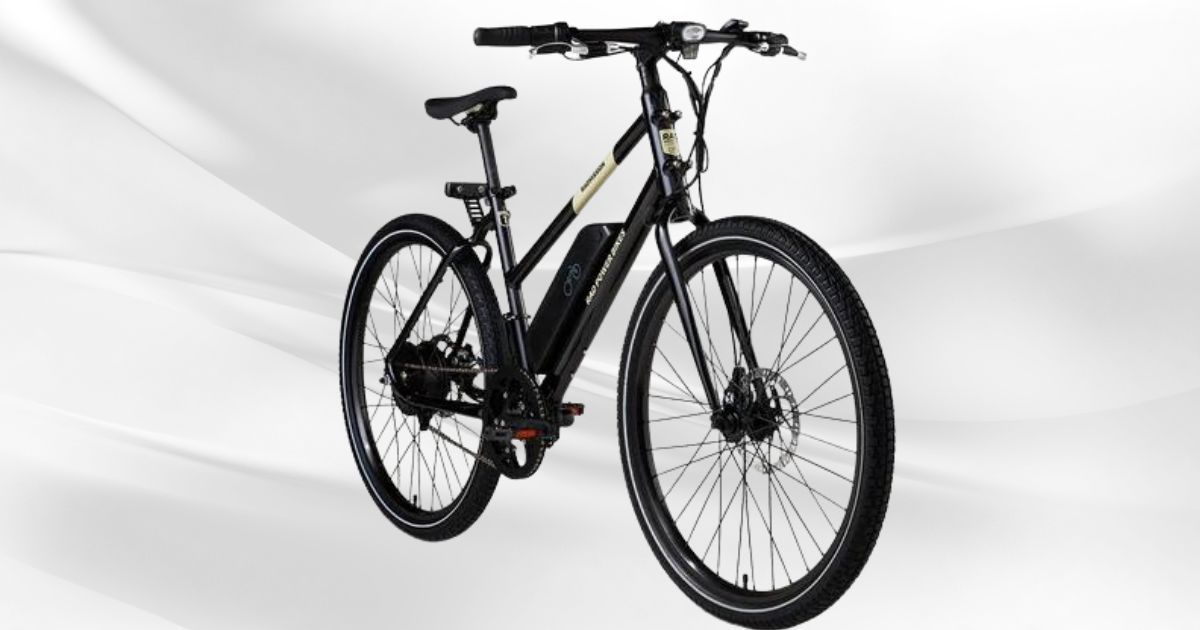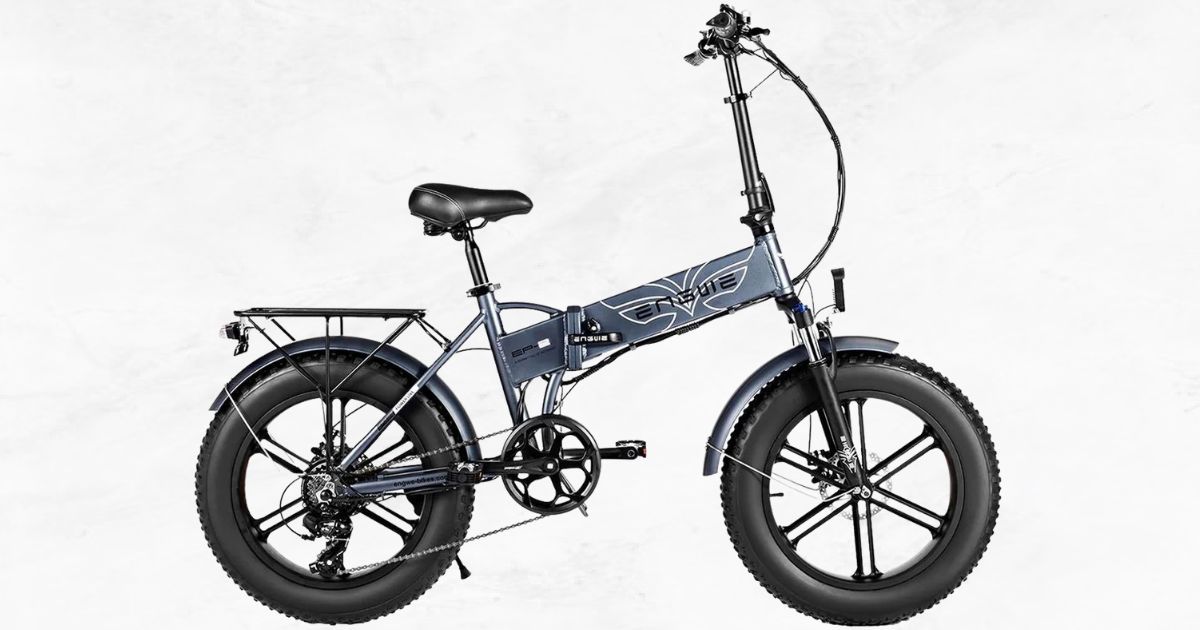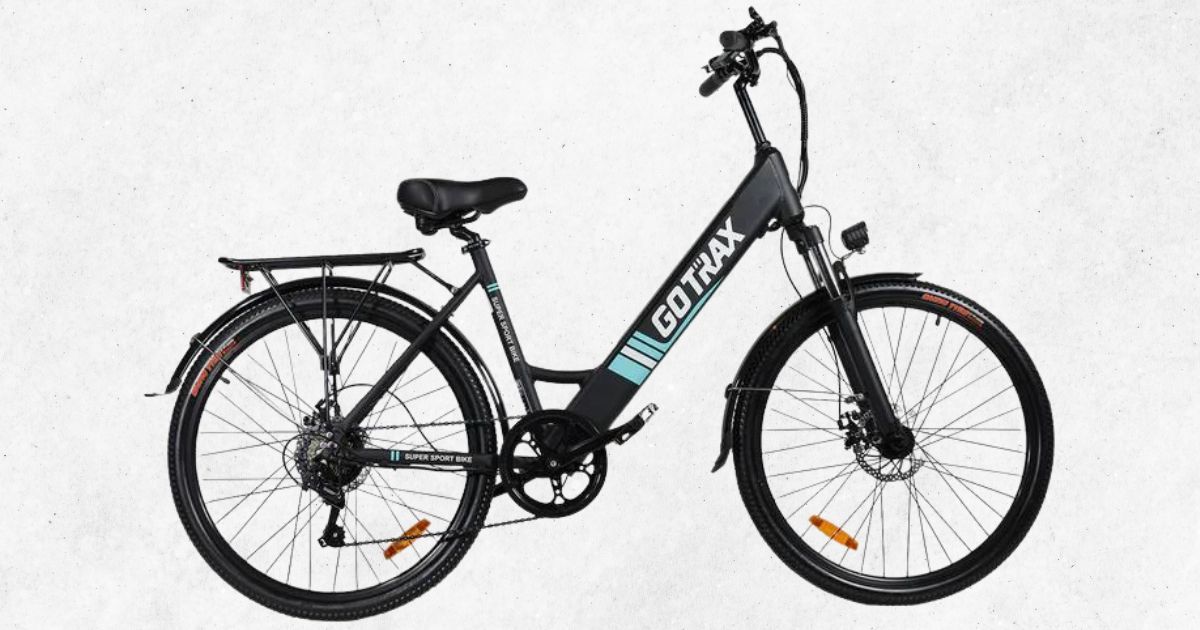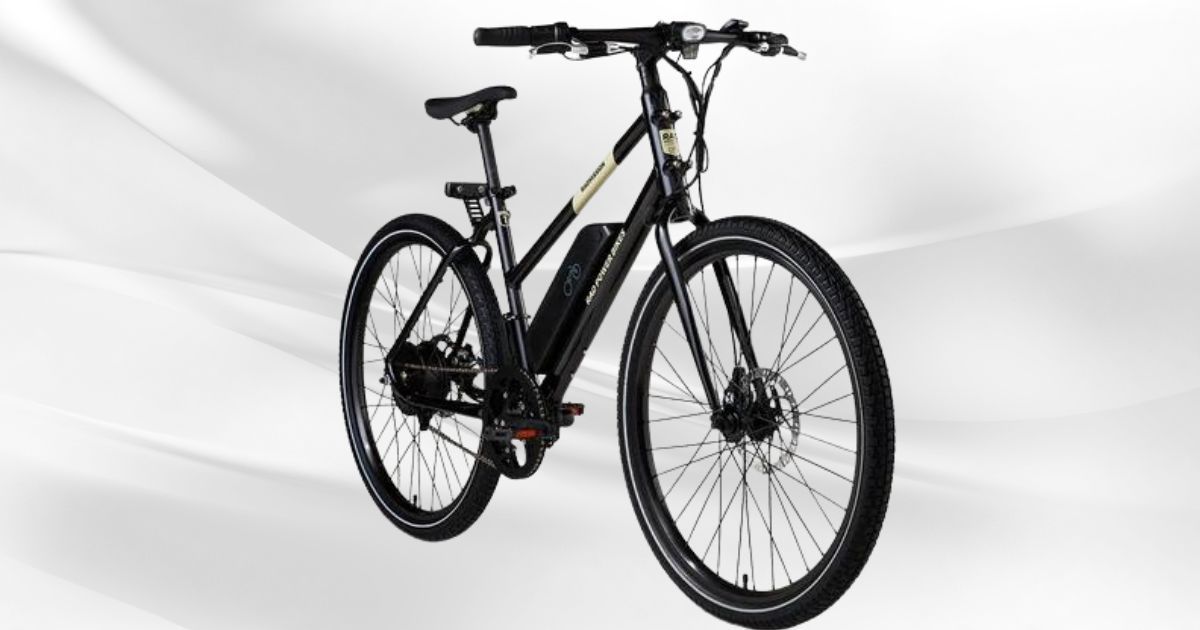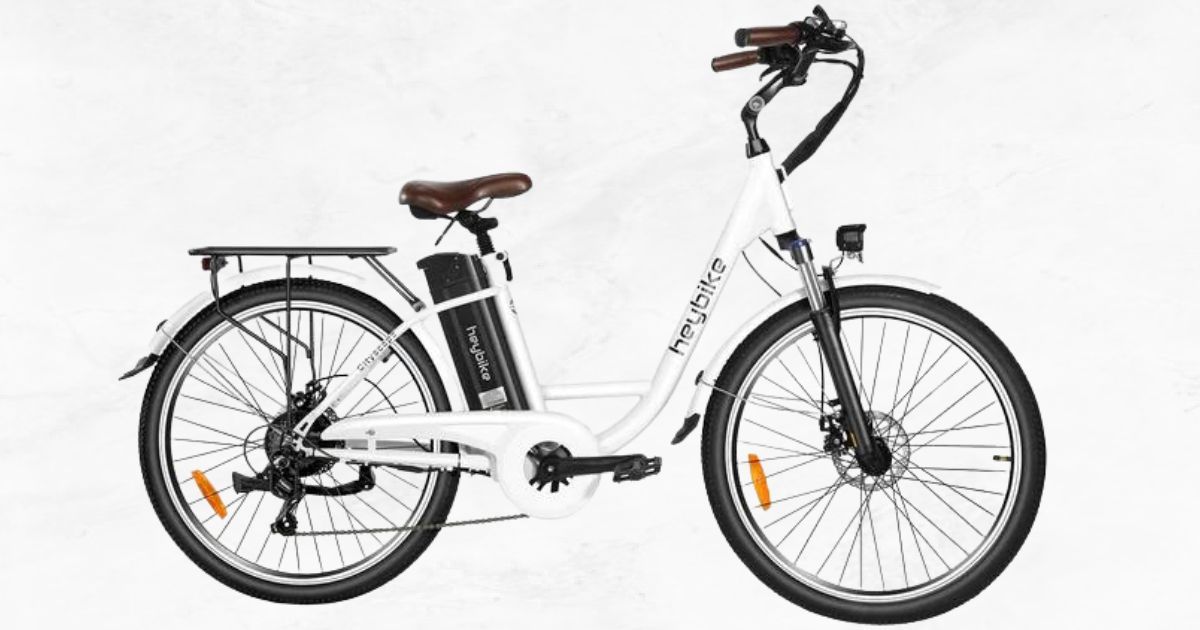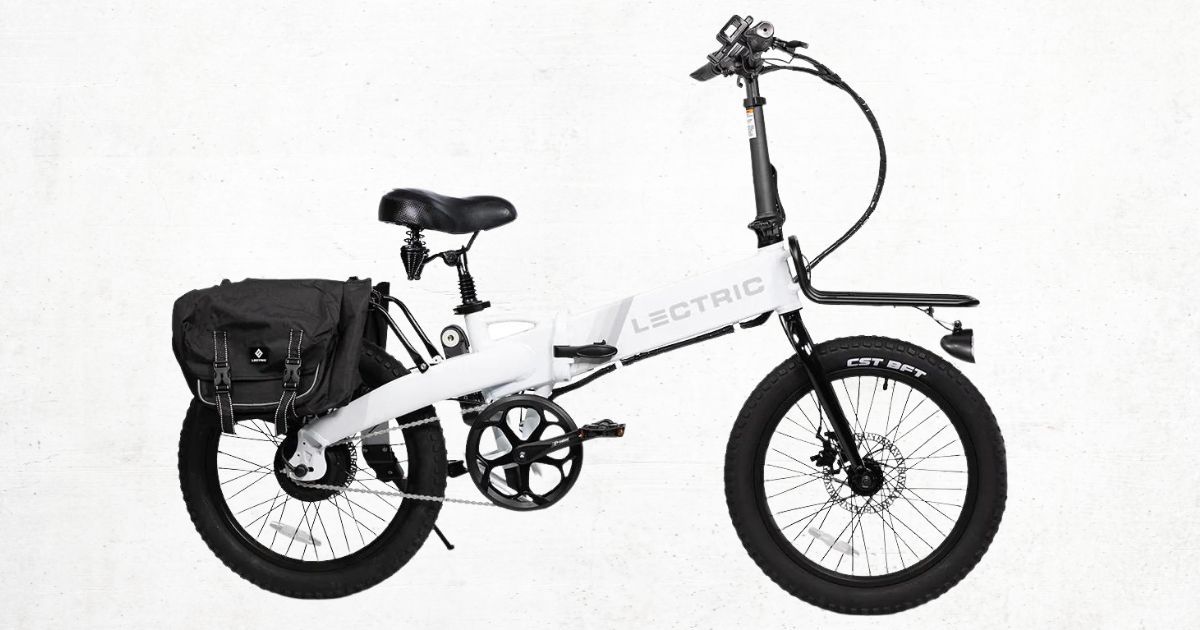If you’re on a super tight budget but still want a good ebike, it’s possible to find a reliable commuter for under four figures.
The challenge is figuring out which budget ebikes are actually worth the money and which are duds.
This is a guide to help cost-conscious shoppers and beginners find a quality electric bike for less than $1,000
The hunt for the perfect ebike can lead to some eye-poppingly expensive places. It’s not unheard of for a top-of-the-line model, something immaculately built and loaded with fancy features, to run well into the five figures. (Seriously.)
The good news is that if you want the benefits of an ebike—speed, fun, exercise—you don’t have to spend as much as you would on a new car. In fact, it’s possible to find a reliable commuter for less than $1,000.
The best budget ebikes strip away high-tech bells and whistles, leaving only the bare necessities. These bargain-bin ebikes may not be glamorous, but they will get you where you need to go quickly and efficiently. And at the end of the day, isn’t that what most people want from their ride?
Here are seven affordable ebikes for getting around town, starting as low as $699.Discover more ebikes that you can buy for less than $1,000 here.
Phoenix-based Lectric is known for making affordable ebikes that offer plenty of bang for your buck, a reputation that it took to the next level with its XP Lite.
For a mere $799, you get a sturdy Class 2 (20 mph or 32 kph) micro vehicle that is light enough to pick up (46 lb or 21 kg) and can be folded in half in as little as 30 seconds for convenient storage. With a 300W motor, the bike climbs hills proficiently. And unlike many other options in this price range, you get the peace of mind of knowing you’re buying from an American brand with a local customer support team if anything goes wrong.
The XP Lite is not without flaws, though. There is no suspension. It is single speed. And the tiny battery limits you to local errands. (In real-world usage, the XP Lite offers about 20 miles, or 32 kilometers, of range.)
But at this price, it’s hard to complain.
If you’re willing to shell out a few extra bucks for better functionality, check out the XP Lite’s big brother, the XP 2.0.
While the XP 2.0 is pricier ($999), it offers some serious upgrades over the Lite. First, the XP 2.0 is faster. As a Class 3 it can reach speeds of up to 28 mph (45 kph). Second, it's more powerful, thanks to a zippy 500W hub motor. Third, it's smoother to ride, given it’s equipped with a suspension fork.
The XP 2.0 also boasts many of the same perks of the XP Lite, such as a clever folding design and quality LCD display.
As usual, though, more features equates to more weight, and the XP 2.0 tips the scales at a portly 64 lbs (29 kg), making it almost 30% heavier than the XP Lite. Ultimately you’ll have to decide for yourself if more money and weight is worth extra performance.
Even in the world of economical ebikes, GoTrax’s $699 Endura is quite cheap. While it might be hard to believe you can get a dependable ebike at this price, the Chinese company has been careful not to cut too many corners with this no-frills cruiser.
While the Endura’s 250W motor won’t conquer the steepest hills in San Francisco, it can handle flat terrain just fine, and its front fork suspension is useful for rolling over cracked pavement. In terms of extra amenities, you actually get more than what you’d expect for the money, including fenders, a rear rack, a headlight, and a basic display.
That said, anyone who has ridden even a middling ebike will probably find the Endura’s paltry 28 mile (45 km) max range and leisurely 15.5 mph (25 kph) top speed underwhelming.
The bottom line is that if you can afford to upgrade, there are better options available for not much more money. But if you only have a few hundred dollars in your pocket and want to get into ebikes, the Endura is a more than adequate starting point.
Another good choice for urban commuters who are looking to dip their toes in the water is the Heybike Cityscape.
The $899 base model offers a top speed of 19 mph (30.5 kph), three riding modes (manual, pedal assist, and pure electric), front suspension, a removable battery, and a seven speed shifter function.
When accelerating or climbing hills, the Cityscape’s 350W motor feels noticeably sluggish. So if you have a thirst for speed, this bike probably isn’t for you.
But if you're looking for a comfortable commute, the Cityscape holds up admirably well.
The first thing you will notice about the JackRabbit is it is ridiculously tiny: a mere 24 lb (11 kg) spread across a 26-inch (66 cm) wheelbase. But as they say, big things can come in small packages. And the JackRabbit proves this with a peppy 300W motor, capable of delivering a top speed of 20 mph (32 kph), making it highly fun to ride.
The key feature of this quirky-looking little ebike is portability. The joy of owning a transportation device that you can take with you pretty much anywhere—into stores, onto buses, up flights of stairs—is hard to understate. With handlebars folded down and seat post removed, you can even stuff the JackRabbit into a car trunk for longer trips.
The JackRabbit does make some sacrifices to achieve its compact form. First, its tiny removable battery is only good for about 12 miles (19 km) of range, making it better suited for neighborhood jaunts than big excursions. And because of its small frame, anyone over 6 feet tall (1.8 m) risks looking like a Russian circus bear when hunched over the tiny BMX-like bike’s handlebars.
One note on nomenclature: The Jackrabbit is technically classified as an electric scooter, not a bike (it has no pedals and therefore relies on throttle for acceleration), so this pick might annoy purists. But with its swept-back handlebars and 20-inch (30 cm) tires, riding it just feels closer to cycling than scooting.
Whatever you want to call it, the JackRabbit is an undeniably great value at $999.
Mountain ebikers may be wondering at this point whether it is possible to get a decent off-roader on a lean budget. The answer, once again, is yes. One of the least expensive ebikes in the all-terrain category is the burly Engwe EP-2 Pro.
Powered by a 750W rear-hub motor, the EP-2 Pro can reach speeds of up to 28 mph (45 kph). The manufacturer claims the bike will get 50 miles (80km) on a full charge, but if you’re planning on charging up steep inclines, the real-world range will probably be somewhat less.
While there are certainly more rugged options out there, the EP-2 Pro can roll over rough terrain relatively easily thanks to its beefy 4-inch-wide (10 cm) tires and front suspension fork.
Plus the EP-2 Pro can fold down to a compact 30-by-32-inch (76-by-81-cm) bundle and fit easily in the trunk of a car. But at 74 lb (34 kg), portability is not its main selling point.
While the EP Pro runs $1,050, its price has dipped below the magical $1,000 threshold during recent sales. And if your plans include riding down rugged dirt trails or up steep mountain passes, it’s worth every penny.
The RadMission is legendary among bargain seekers for its performance. While its price has fluctuated between $999 and $1,199 over the years, its core features have stayed the same. As the lightest, least expensive member of the Rad Power family, the utility-driven, Class 2 (20 mph or 32 kph) RadMission comes with a peppy 250W gear hub motor in back, a 672Wh battery that is good for up to 45 miles (72 km) of range, and solid disc brakes for responsive stopping. You also get to take advantage of the Rad Power ecosystem of accessories, which enables you to customize your rig in up to 330 configurations of baskets, fenders, seats, and more.
Sounds too good to be true, right? Well here’s the catch. Following a fire sale in late 2022, which saw the price drop to a mind-boggling $499, the RadMission is no longer available through Rad Power’s website and the company says it will not be restocked.
So why are we including it on this list? Some believe a new low-cost RadMission is on the way, perhaps loaded with new features. Should this happen, we’ll provide an update. Until then, consider stepping up to the RadRunner if your budget allows. While it costs over 50% more than the RadMission, the price is far from outrageous considering the upgraded design and features.


 Lectric XP Lite
Lectric XP Lite Lectric XP 2.0
Lectric XP 2.0 GoTrax Endura
GoTrax Endura Heybike Cityscape
Heybike Cityscape Jackrabbit eBike
Jackrabbit eBike Engwe EP-2 Pro
Engwe EP-2 Pro RadMission High Step
RadMission High Step